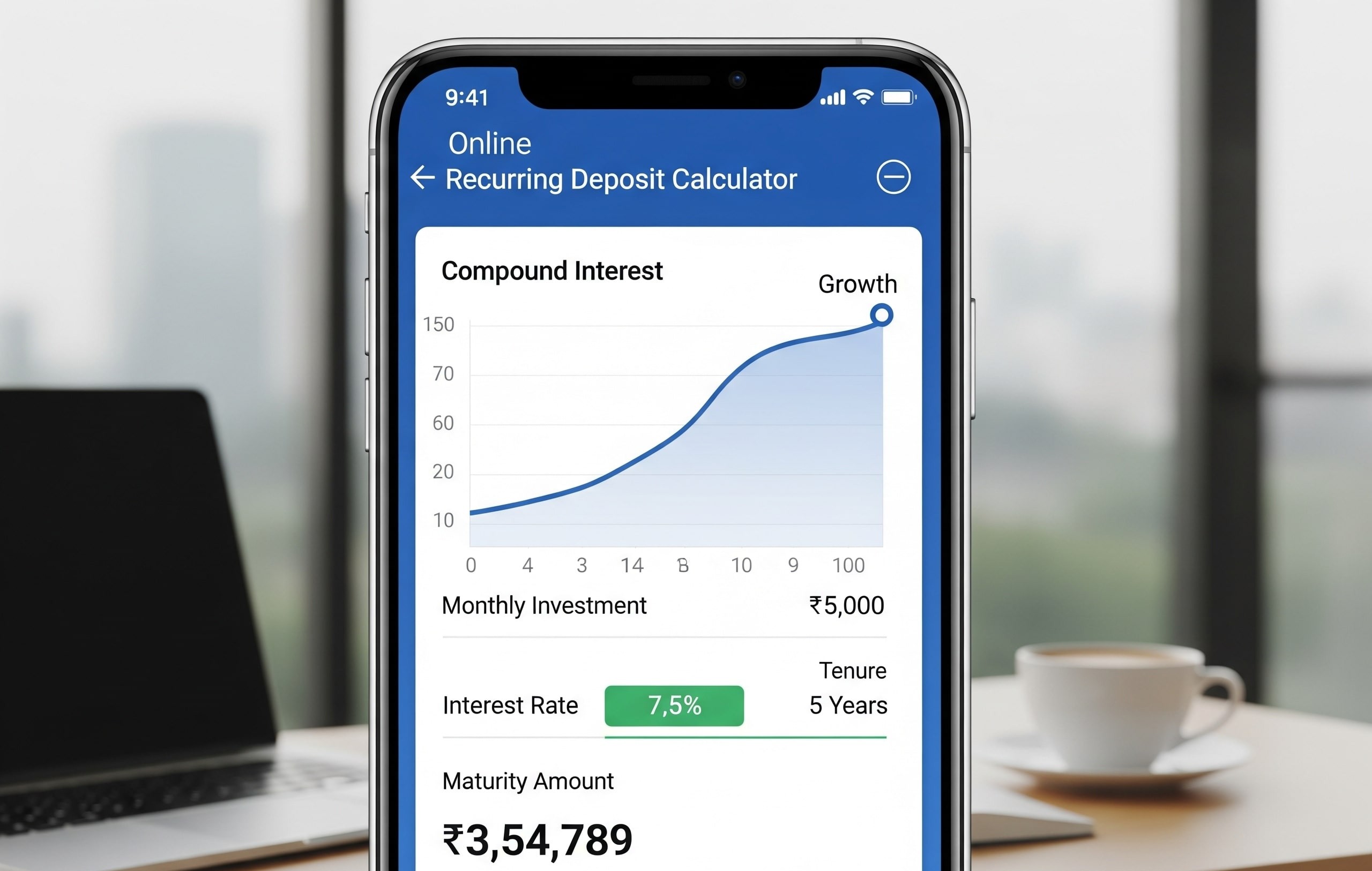
Every person has unique financial goals. That’s why investment plans differ from one investor to another. Some investors opt for lump sum investments, while others prefer gradual investing through a Systematic Investment Plan (SIP). Some focus on growing their money, while others want regular income. Fund houses offer different options to meet these needs. An alternative is the SWP in mutual fund. Let’s explore what an SWP entails and the steps to establish one.
What is an SWP?
Systematic Withdrawal Plan is the SWP full form. It is a facility that lets investors withdraw a fixed amount from the mutual fund at regular intervals. You can decide how much you want to withdraw and how often you want to receive the amount in SWP in mutual funds.
When the selected date comes, a portion of your mutual fund units is sold, and the equivalent amount of money is credited to your bank account. This guarantees a steady flow of income, and this makes SWP a reliable option.
Steps to Set Up a Systematic Withdrawal Plan (SWP)
Setting up and managing an SWP is straightforward. Here is how you can set up SWP and start withdrawing funds.
- Begin by selecting a mutual fund scheme that aligns with your financial goals to initiate a Systematic Withdrawal Plan.
- Once you have completed your investment, you can then set up an SWP to withdraw a fixed amount at regular intervals. It can be monthly, quarterly, or annually.
- On the decided date, the fund houses will sell enough of your mutual fund units to match your requested withdrawal amount and send the money to your linked bank account.
- This process continues until the SWP period ends or you decide to cancel it.
The remaining units in your mutual fund remain invested, and they will continue to earn returns according to how the market performs. Over time, your investment balance will reduce as withdrawals continue, but the remaining balance will keep working for you.
Who Should Think About Using SWPs?
SWPs offer a reliable option for those seeking consistent income from their investments. While IDCW (Income Distribution cum Capital Withdrawal) options in mutual funds also provide payouts, they are not as reliable. Payouts under IDCW depend on when the fund house decides to distribute, which might not match your regular needs.
However, SWPs offer a reliable option for individuals who want a consistent income from their investments. They also help investors manage their savings better by sticking to a fixed withdrawal schedule. This way, you avoid withdrawing too much at once and ensure your savings last longer.
Top Benefits of a Systematic Withdrawal Plan
There are several benefits you can enjoy when you opt for SWP. Below are explained the top benefits.
- Regular Income Flow
An SWP allows you to regularly withdraw a fixed amount from your mutual fund investment, providing a consistent income stream. This becomes very useful for retired people who depend on their invested income to meet daily expenses. An SWP helps ensure that they receive predictable payments, offering financial peace of mind.
- Capital Growth Opportunity
Even though you withdraw a certain amount regularly, the remaining investment stays in the mutual fund. It continues to benefit from market movements. So, while you are withdrawing, your remaining money still has a chance to grow over time, and this adds to your overall wealth.
- Tax Advantage
If you’re seeking a consistent income stream, you have two primary options. You can either opt for a Dividend option or set up an SWP.
- When you go for dividends, the fund house deducts a Dividend Distribution Tax at a rate of 10% before giving you the payouts. No more taxes are due after this step.
- But if you opt for an SWP, you get no tax deduction while receiving the payment. Alternatively, you will have to pay capital gains tax. It depends on the length of your investment and the kind of mutual fund.
Here is a quick breakdown.
| Type of Mutual Fund | Short-Term Capital Gains Tax | Long-Term Capital Gains Tax |
| Equity Mutual Funds | 15% | 10% without Indexation |
| Balanced Mutual Funds | 15% | 10% without Indexation |
| Dept Mutual Funds | As per Tax Slap | 20% after Indexation |
- Flexibility and Customisation
SWPs offer great flexibility to investors. You have the flexibility to modify both the withdrawal amount and frequency to suit your evolving financial needs. You can also temporarily pause the withdrawals whenever necessary. This ability to change and customize your SWP ensures that you can align it with your evolving financial goals and adapt to new situations without disturbing your overall financial strategy.
Also Read: How to Reduce Taxes on Mutual Fund Investments | How Mutual Funds Are Taxed
Bottom Line
A Systematic Withdrawal Plan (SWP) helps you set up regular withdrawals from your investment, thus offering predictable income while keeping your capital intact. Now you know how to invest in swp and set the frequency of withdrawals. And also, as they are flexible and offer the potential for capital growth, you can select them to get regular income and a structured approach to managing your savings.
FAQs
1. Can I begin an SWP right away?
Initiating an SWP within one year results in short-term capital gains tax. Holding the investment for over a year can reduce this tax liability.
2. Can I cancel my SWP?
Yes, you can cancel your SWP by visiting your portfolio, selecting active SPI, selecting the SWP, and cancelling it. Future transactions will be stopped starting next month.
3. Which is better, SWP or FD?
SWP suits those seeking a steady income with fluctuating returns, while FD is ideal for guaranteed returns and a fixed lock-in period. Evaluate your objectives and risk appetite before making a decision.
4. What is the SWP interest rate?
SWP (Systematic Withdrawal Plan) from mutual fund investments allows regular quarterly withdrawals. The interest rate refers to the returns generated, which currently stand at 10%.
Hello there, my name is Phulutu, and I am the Head Content Developer at Nivesh Karlo. I have 13 years of experience working in fintech companies. I have worked as a freelance writer. I love writing about personal finance, investments, mutual funds, and stocks. All the articles I write are based on thorough research and analysis. However, it is highly recommended to note that neither Nivesh Karlo nor I recommend any investment without proper research, and to read all the documents carefully.






Leave a Reply